Lisbon is a city that feels like a painting come alive-soft sunlight bouncing off tiles, the slow rhythm of fado music in the air, and the scent of fresh pastries from every bakery around the bend. Known for its hills and views over the Atlantic, Lisbon invites visitors to walk slowly, listen closely, and taste deeply. Here, old stone and modern life mix in a way that surprises and delights. Whether you wander through lively market squares or sit quietly watching the tram bells ring, this city offers moments that stay with you well after you leave.
Table of Contents
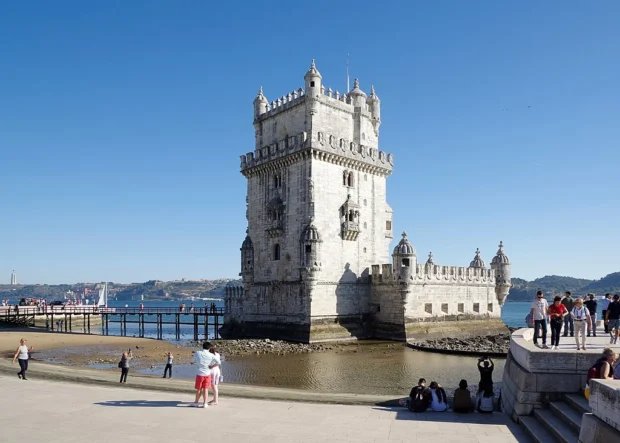
Winding Through Lisbon’s Landmarks and Hidden Corners
When stepping into Lisbon, you might start with the famous Belém Tower standing proudly by the river. This yellow fortress, built centuries ago to guard the city, feels like a fairy tale castle. Nearby, the Jerónimos Monastery shows off its delicate stone carvings that look almost lace-like. But Lisbon’s magic is not just in well-known places. If you stroll down to Alfama, the oldest neighborhood, you’ll find narrow alleys where neighbors still greet each other by name and laundry flutters above your head like colorful flags.
If you find the historic heart of Lisbon captivating, the Belém Tower nearby reveals more about the city’s maritime past and remarkable architecture.
After enjoying Lisbon’s charms, you might find the vibrant colors and lively markets of Porto Portugal a perfect next city to discover with its own rich stories and flavors.
To complement your stroll through Lisbon’s historic streets, the detailed beauty of the Jerónimos Monastery captures the city’s rich past and artistic spirit beautifully.
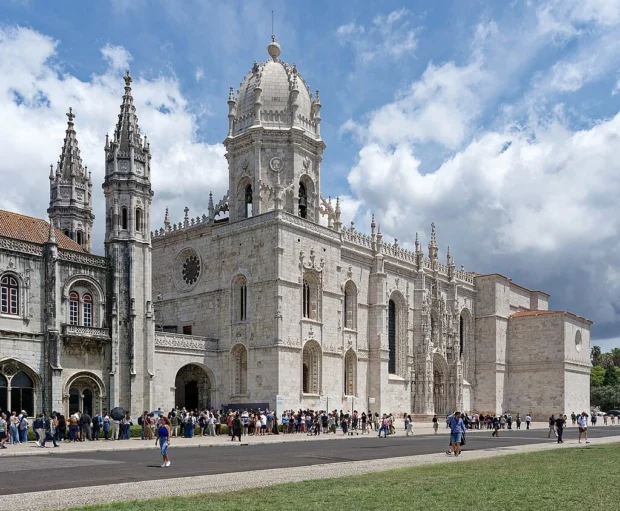
One afternoon, I lost myself in the Feira da Ladra, an open-air flea market held twice a week. Among dusty books, old postcards, and handmade trinkets, a local man shared stories about the city’s past and gave me a small ceramic tile as a gift. It’s these personal moments that make Lisbon more than just a city of sights-it’s a city of people and stories.
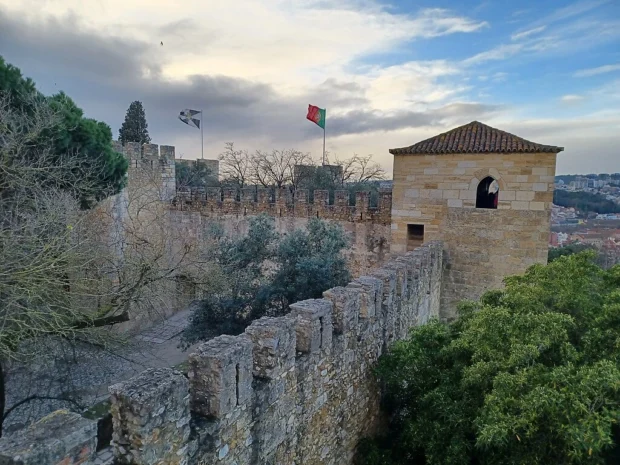
Taste Lisbon: From Pastéis to Fresh Seafood
Food in Lisbon feels like a celebration. The famous pastéis de nata, small custard tarts with a crispy shell and creamy center, are best enjoyed warm from a bakery in Belém district. I remember biting into one as the sun warmed my face and the sweet cinnamon dust tickled my nose. Beyond sweets, Lisbon’s seafood is a treasure. In the Cais do Sodré area, small restaurants serve grilled sardines fresh from the Atlantic, their smoky aroma mingling with the salty sea breeze.
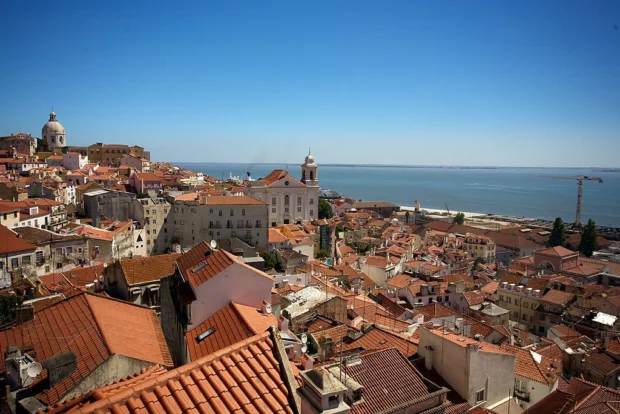
Try the “bacalhau à brás,” a dish made with salted cod, eggs, and potatoes, which feels like a cozy hug on a plate. For something lighter, the Mercado da Ribeira offers a blend of traditional and modern flavors in one bustling market hall. Here, locals chat animatedly while sampling a variety of petiscos-Portuguese tapas-each bite telling a part of the city’s culinary story.
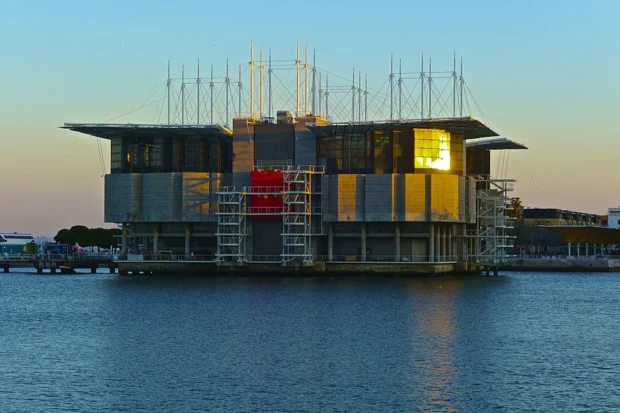
Getting Around Lisbon: The City’s Rhythmic Pulse
Lisbon’s hills and narrow streets are part of its charm, but they can be a challenge for the legs. Luckily, the city’s trams and buses move like veins through this living organism. The old tram 28 is a classic way to see many neighborhoods, winding up and down hills past colorful houses and tiny cafes. I once squeezed in beside a group of chatting locals, their laughter filling the car as we bumped along cobblestones.
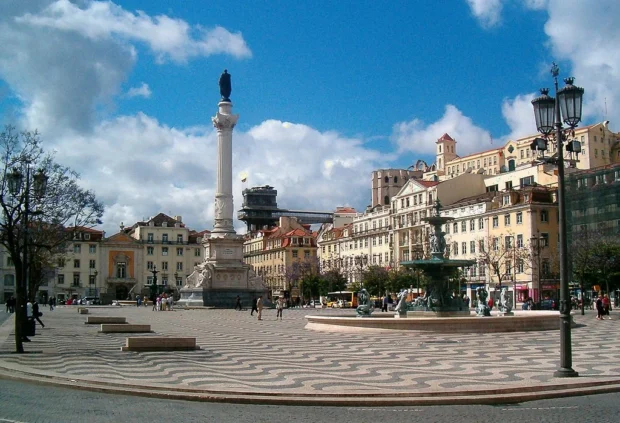
From the airport, the metro is a quick and easy route into the city center, connecting you to other transport options without fuss. Walking, too, is rewarded here; each step uncovers a new tile pattern, a secret garden, or the scent of fresh bread baking early in the morning. Lisbon invites you to slow down, watch, and listen.

Customs and Culture: Living the Lisbon Way
In Lisbon, greetings matter. It’s polite to say “Bom dia” (good morning) when entering shops or cafes, and a smile goes a long way. People here are proud of their city but modest in their way. When invited to a meal, it’s common to bring a small gift, perhaps a bottle of wine or sweets, as a thank you.
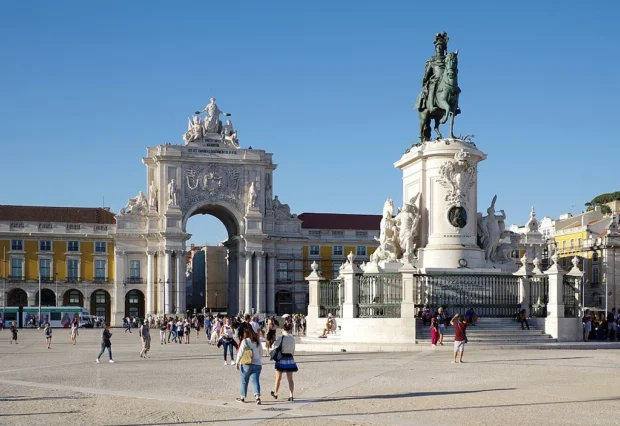
Don’t expect loud conversations in public transport; the Lisbon way is quiet respect. Also, when dining, it’s customary to finish all the food on your plate-it shows appreciation to the cook. And a little tip: try not to rush your meals. Portuguese dining is a relaxed, social time, not a quick transaction.
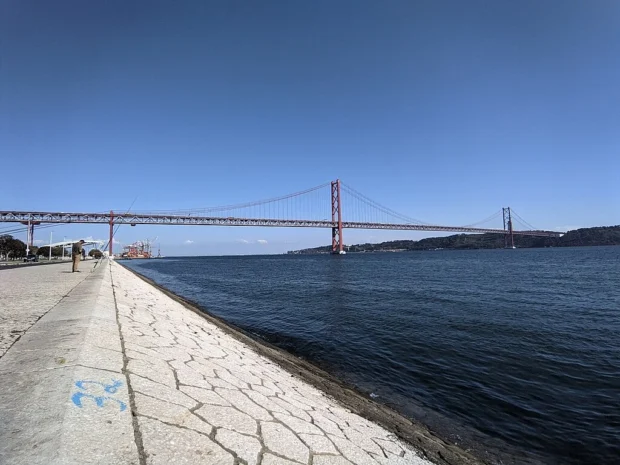
Art, Architecture, and Stories Etched in Stone
Lisbon’s buildings tell stories of explorers and artists, conquerors and dreamers. The city’s famous azulejos-blue and white tiles-cover walls, staircases, and even benches with intricate patterns that change with the light of day. These tiles are like pages in a book about the city’s soul. I spent a morning tracing the faded faces painted on old tiles in the Mouraria district, imagining the lives they witnessed.
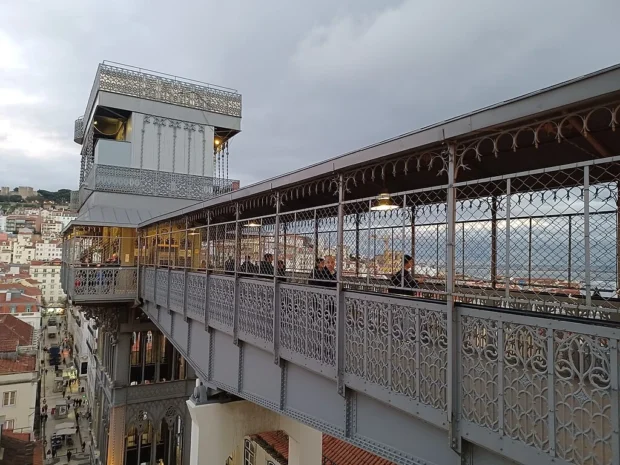
Churches and cathedrals add another layer, with their towering facades and quiet courtyards. The São Roque Church, with its golden Baroque chapel, feels like stepping into a treasure chest. Architecture here does not shout but whispers tales of faith and artistry, inviting quiet reflection.
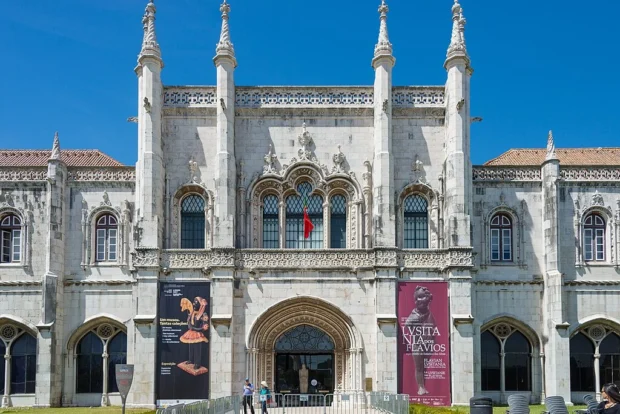
Where to Stay: Neighborhoods That Feel Like Home
Choosing where to stay in Lisbon depends on what you want from your visit. The Baixa district offers central charm with neat squares and busy shops-perfect if you want to be in the heart of the city’s bustle. For a more relaxed pace, the graceful neighborhood of Campo de Ourique gives a local feel, with small markets and bakeries around every corner.
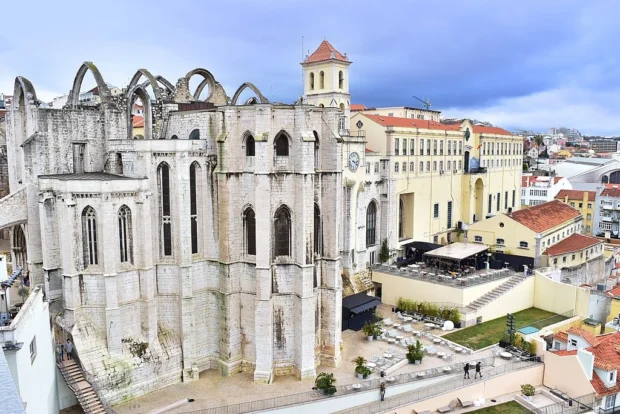
For those who enjoy old-world charm, Alfama’s labyrinth of streets offers lodgings in renovated historic buildings, where you can wake up to church bells and birdsong. No matter where you stay, expect to hear the distant tinkle of tram bells and the city’s gentle hum that never quite sleeps.
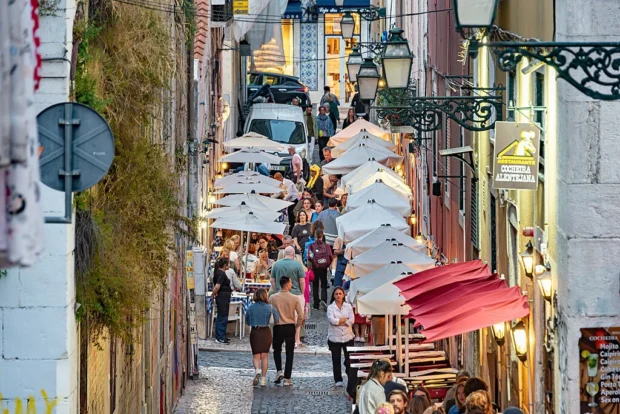
Final Thoughts on Lisbon’s Allure
Lisbon is a city that asks you to slow down and notice-the warm feel of sun on stone, the sweet smell of roasted chestnuts in autumn, the soft music spilling from a corner café. It is a place where history and daily life blend as naturally as the colors of the sky at sunset. Whether wandering through markets or sitting quietly by the river, Lisbon offers a richness made of moments, flavors, and stories waiting for you to find them.
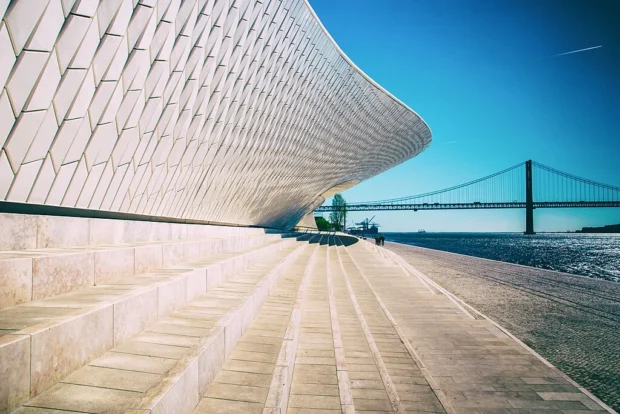
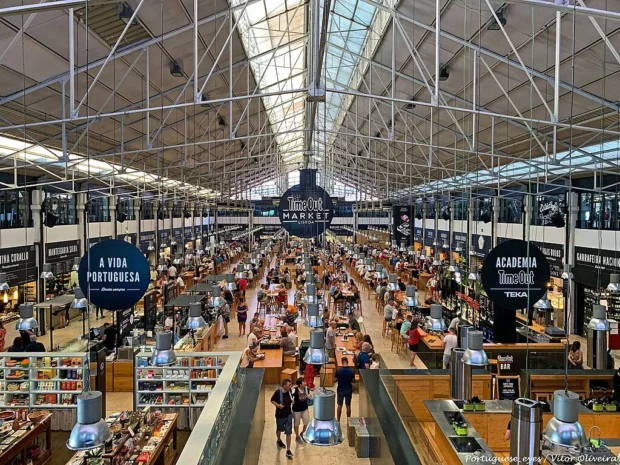

Explorer of historic places and culinary traditions, combining landscape appreciation with food culture.
- Tram 28 Lisbon Portuguese by Ввласенко on Wikimedia Commons – cc by-sa 4.0
- Lisbon Torre de Belém BW 2018-10-03 16-38-01 by Berthold Werner on Wikimedia Commons – cc by-sa 4.0
- Jerónimos Monastery in Belém, Lisbon, 20250604 1340 9256 by Jakub Hałun on Wikimedia Commons – cc by 4.0
- Castelo de São Jorge, Lisboa 89 by Simon Burchell on Wikimedia Commons – cc by-sa 4.0
- Alfama, Lisboa – 2010-09-09 by dirk.olbertz on Wikimedia Commons – cc by 2.0
- Lisbon Oceanarium (16505924243) by Pedro Ribeiro Simões from Lisboa, Portugal on Wikimedia Commons – cc by 2.0
- Lisboa, Praça dom Pedro IV by Koshelyev on Wikimedia Commons – cc by-sa 3.0
- Monument to the Discoveries, Lisbon, 2007-07-20-01 by Szilas on Wikimedia Commons – cc0
- Lisbon Praça do Comércio BW 2018-10-08 17-42-58 by Berthold Werner on Wikimedia Commons – cc by-sa 4.0
- 25 de Abril Bridge, Lisbon by Leeturtle on Wikimedia Commons – cc by-sa 4.0
- Elevador de Santa Justa, Lisboa 06 by Simon Burchell on Wikimedia Commons – cc by-sa 4.0
- Lisbon (53825761761) by xiquinhosilva on Wikimedia Commons – cc by 2.0
- Convent of Our Lady of Mount Carmel (40644485175) by Naval S from Berlin on Wikimedia Commons – cc by 2.0
- Lisboa – Bairro Alto (53846519737) by Jorge Franganillo on Wikimedia Commons – cc by 2.0
- MAAT – The Museum of Art, Architecture and Technology (33806657011) by Maria Eklind on Wikimedia Commons – cc by-sa 2.0
- Mercado da Ribeira (Time Out Market) – Lisboa – Portugal (51018939231) by Vitor Oliveira from Torres Vedras, PORTUGAL on Wikimedia Commons – cc by-sa 2.0
